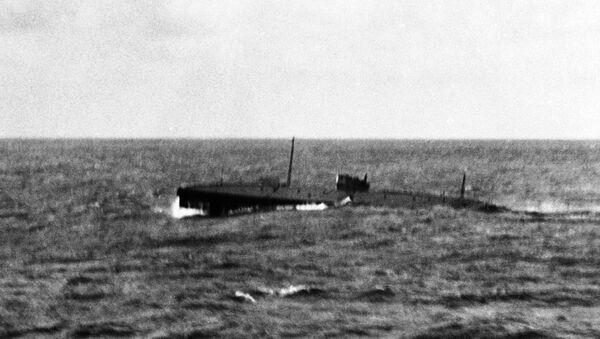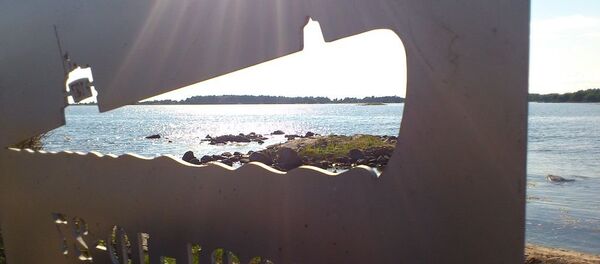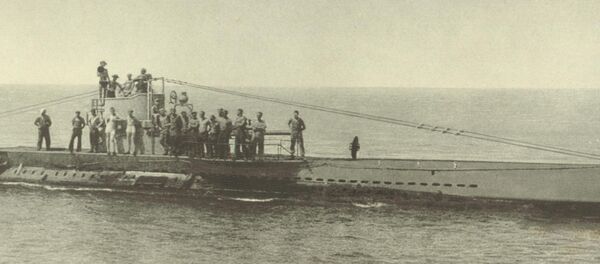"I believe few know it is actually located here. We have German submarines that sank during the war, but this is something special," Rolf Birger Pedersen, the head of the K.G. Jebsen Center for Deep Sea Research, told Norwegian national broadcaster NRK.
The Nautilus was built in the US in 1917 under the name of O-12 to be used against the Germans in World War I, but never fired a single torpedo. In 1930, the government ruled that the submarine would be scrapped.
However, Australian adventurer George Hubert Wilkins, who earlier became the first person to fly across the Arctic Ocean from Alaska to Barentsburg on Svalbard, had other plans. The adventurer's idea was to use the submarine for a similar-minded, yet even more spectacular trans-Arctic voyage starting from Svalbard, passing the North Pole below the ice and ending up in Alaska.
During a costly reconstruction, the Nautilus was equipped to break ice. Nevertheless, it seemed to be haunted by an endless series of annoying setbacks. First, the engine stalled after immediately leaving the dock. Then a sailor fell overboard a drowned on the way across the Atlantic.
Among the crew, there was geophysics professor Harald Ulrik Sverdrup, who volunteered despite protests from friends and relatives who told him to stay home. A colleague of his even sent a letter stating it would be a big loss for oceanography if Sverdrup went to the bottom in a canned box.
Although the team returned safely home, life on board was no party. The drinking water froze, the hull leaked, but the main thing is that the submarine never reached its goal. In late August 1931, the Nautilus reached the ice edge, but could not dive due to possible sabotage by a terrified crew member, who might have saved his peers from certain death. The Nautilus returned to Svalbard, its members frozen to the bone and reeking exhaust, but alive.
As submarines gradually became more advanced, Wilkins's dream finally came true. In 1958, the nuclear-powered USS Nautilus successfully passed the North Pole below the ice. The following year, Wilkins's ashes were spread at the North Pole.





